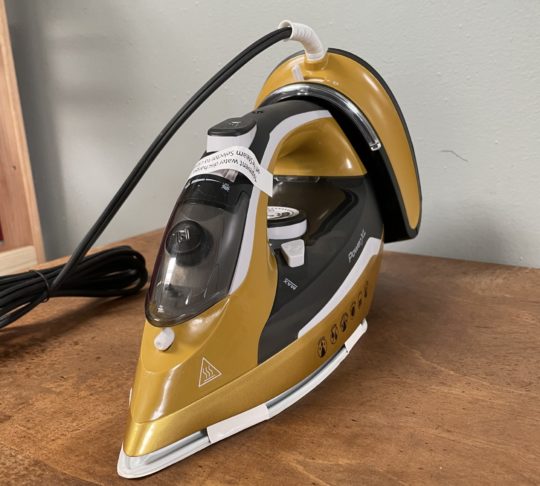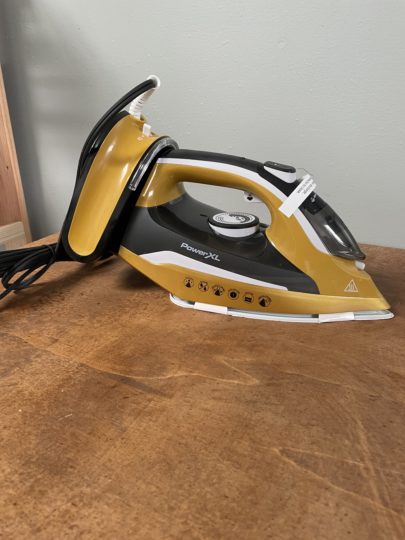 Loading asset information.
Loading asset information.


Ironing and pressing are important steps in making sewn and quilted creations look polished. Here are some reasons why:
It’s impossible to make your items look polished without a good pressing. Especially when making tailored pieces and using fabrics like wool or tweed. Seams simply will not lie flat unless pressed, and you cannot achieve clean lines if your seams & hems are bubbling.
Not ironing your fabric before cutting can result in inaccurate cuts, and as a result affect the overall fit and of course appearance of the garment.
Some techniques and projects are impossible to achieve without ironing. For example replacing darts with ease can only be done properly if you press, and you will not get a good pleat if you don’t press it.
Tips for Good Ironing
- Use the lowest temperatures with fabrics that have unusual finishes (sequins, embroidery, transfers etc.).
- If the fabric is mixed (for example, 40% cotton 60% synthetics), set the thermostat to the temperature of the fiber requiring the lower temperature.
- If you don’t know the composition of the fabric, determine the suitable temperature by testing on a hidden corner of the garment. Start with a low temperature and increase it gradually until the iron reaches the ideal temperature.
- Never iron areas with traces of perspiration or other marks. The heat of the plate fixes the stains on the fabric, making them permanent.
- To avoid making silk, woolen, or synthetic garments shiny, iron them inside out.
- To avoid making velvet garments shiny, iron in one direction (following the fiber) and do not press down on the iron.
- Many fabrics are easier to iron if they are not completely dry. For example, silk should always be ironed damp.
Make/Model: PowerXL Model ES2416S_04
Documentation:
PXL Manual
Demo of how to use, both as iron and as steamer
